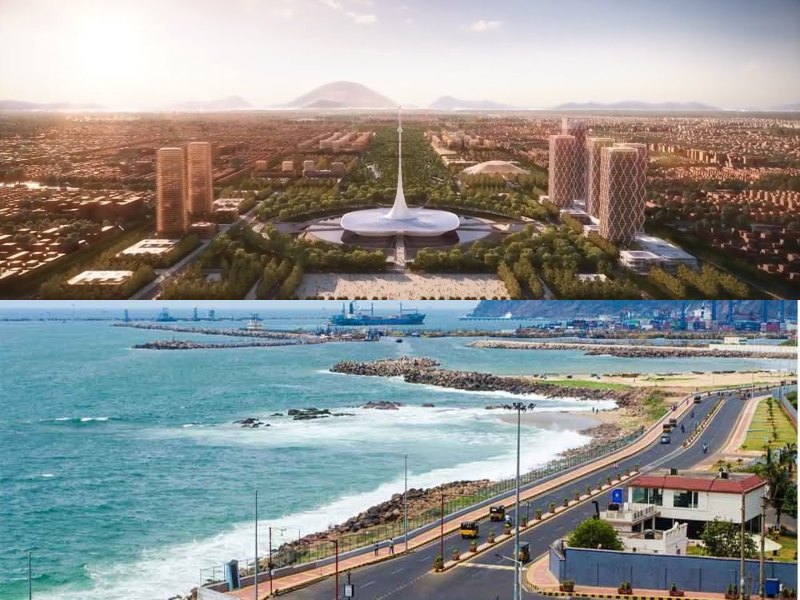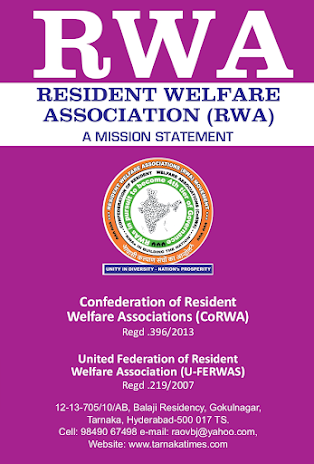In the ancient and medieval ages, as well as till the Nineteenth century, the kings and the wars they waged needed a single, central, fortified and self-contained capital city, wherein, again the royal palace in it was the single most important building to be protected. Since then, every new country that re-organised itself, set up the capital city, considering it as essential as a head to a human body. The word ‘capita’ means head.
But things have changed now. We have new knowledge and new technological and electronic practices that have radically democratised the society and the kind of human relations that we want to establish between the rulers and the ruled are quite different. The ruled are the rulers now. Power, whether political or administrative should not be concentrated. There should be decentralisation and self-rule, at lower levels, as much as the people can handle. A big state like India needs now, if not in the past, smart governance more than a smart capital. Smart governance means decentralized democratic participative governance, in such a way that all its regions would feel that they have been included in the state’s governance. It is time that we begin to de-concentrate the vast Parliamentary, Administrative, Judicial, Diplomatic, Industrial and Intellectual Powers of New Delhi in favour of other cities in other parts of the country.
In this context, it becomes pertinent to refer to a letter written to the Expert Committee of Sivarama Krishnan, Ministry of Home Affairs, GOI regarding the new capital for the successor State of Andhra Pradesh, on 25-April-2014.Mr. Sivarama Krishnan who devoted most of his time for democratic decentralisation has duly taken into account some of these aspects and even some sentences from the above letter in his report.
Dear Sir,
The Need of the hour is Developing a New Capital Region, Not a City
We have to use contemporary knowledge and democratic concepts in social engineering instead of blindly proceeding to building it traditionally.
1. Constructing a ‘grandiose and expensive capital’ in the image of or in comparison with former capital, Hyderabad or Chandigarh or even New Delhi is a mental trap into which a frustrated political class or the uncomfortable bureaucracy might fall into. Architecture and buildings reflected the might and political Power of the rulers in the medieval epoch. To-day’s structures should be simple, practical, functional and democratic, while being esthetic like a piece of modern art.
2. A capital city is not the first priority among our important projects of infra-structure development. We can only afford to build a framework for gradual growth over the next five or ten years, rather going for an immediate concentrated both-ends closed spatial arrangement. This will help gradually mitigate many natural and man-made disasters, as well.
3. A number of ‘Administrative Reforms’ for democratic decentralization and administrative de-concentration have been discussed and accepted in our country and the spatial arrangement of the structures should keep them in mind. It should not anymore be necessary for the ruled to come to before the rulers.
4. It need not be a single city. The governance can take place diffused among the close-by expanded urbanized spaces (among a few towns) which are inter-connected by rapid mass transit systems and telecommunications. Judiciary, higher and lower, legislative bodies, commissionerates of departments, ministerial secretariats can be in different places. And the personnel involved should live side by side the people.
5. Finally, the most despicable thing would be constructing a ‘Raj Bhawan’! The governors should enjoy the same comfort levels in housing and office facilities as the Speaker of the Legislative Assembly or the chairperson of the Council or the justice of the High Court. Anything more than that would be restoring feudalism and it is an insult to the common man.
6. Security concerns, often, have been tempting those in power to promote many undemocratic and unhealthy practices. such as, isolated ghettos of pomp, wastage, special equipments and vehicles, excessive police personnel, trenches, etc. They became symbols of prestige and Power. Therefore, all persons who are peoples’ representatives and officers, who are also recruited from the people must live integrated in the society, and not outside. Even, separate residential quarters have both advantages and disadvantages.
7. Create channels of public consultations with the civil society groups which are specialised in urban management, urban sociology, and above all, modern artists.
Yours sincerely,
Dr. Rao V.B.J. Chelikani








0 Comments